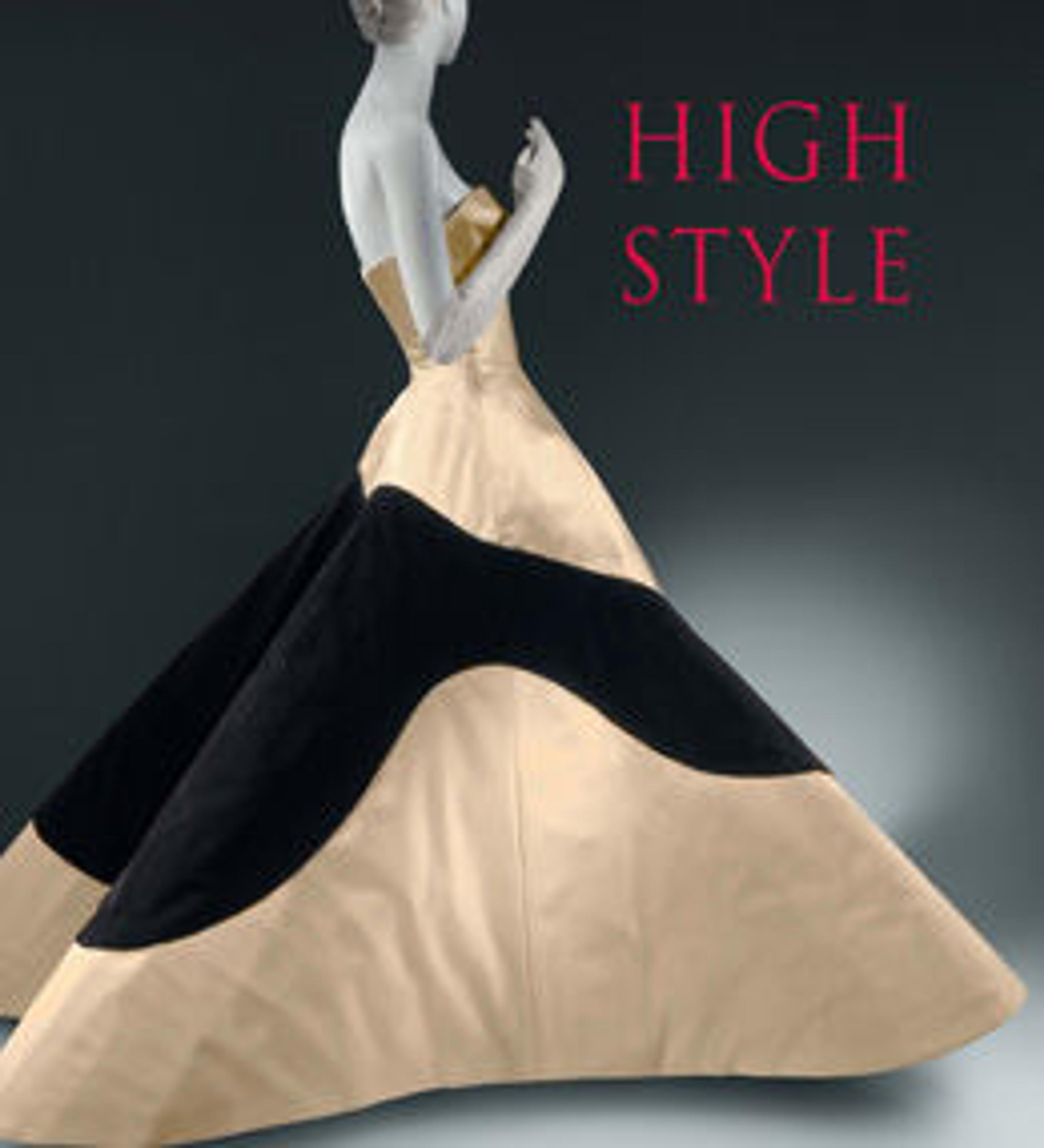"Booty"
Salvatore Ferragamo was the first manufacturer and designer to bring Italian shoes to the forefront of the footwear industry. Using his knowledge of American industrial methods gained during his stay in the U.S. between 1914 and 1927, Ferragamo availed himself of the skilled Italian labor pool to create a high quality, hand-made product for an international market. The designer's work is best known for its innovative use of materials, such as straw, raffia, cellophane, lace, and cork, and for the use of brilliant colors. Ferragamo pioneered the development of the wedge heel and platform sole in the 1930s.
Ferragmo began using locally-made Tavernelle needle lace for shoe uppers in the late 1920s. The resulting semi-transparent effect is seen in many of the designer's works, particularly from the 1940s and 1950s. While ankle boots are somewhat atypical of the period, the style was favored by Ferragamo and included in many of his collections.
Ferragmo began using locally-made Tavernelle needle lace for shoe uppers in the late 1920s. The resulting semi-transparent effect is seen in many of the designer's works, particularly from the 1940s and 1950s. While ankle boots are somewhat atypical of the period, the style was favored by Ferragamo and included in many of his collections.
Artwork Details
- Title: "Booty"
- Designer: Salvatore Ferragamo (Italian, 1898–1960)
- Date: 1947
- Culture: Italian
- Medium: leather, cotton
- Credit Line: Brooklyn Museum Costume Collection at The Metropolitan Museum of Art, Gift of the Brooklyn Museum, 2009; Gift of the Italian Government, 1954
- Object Number: 2009.300.1184a, b
- Curatorial Department: The Costume Institute
More Artwork
Research Resources
The Met provides unparalleled resources for research and welcomes an international community of students and scholars. The Met's Open Access API is where creators and researchers can connect to the The Met collection. Open Access data and public domain images are available for unrestricted commercial and noncommercial use without permission or fee.
To request images under copyright and other restrictions, please use this Image Request form.
Feedback
We continue to research and examine historical and cultural context for objects in The Met collection. If you have comments or questions about this object record, please contact us using the form below. The Museum looks forward to receiving your comments.
